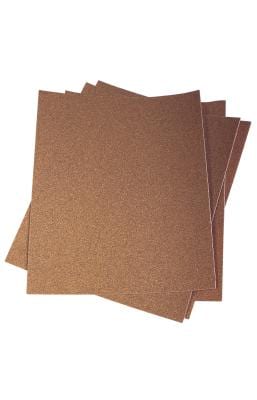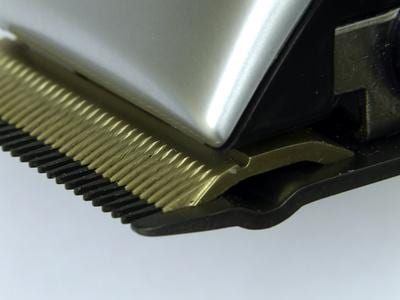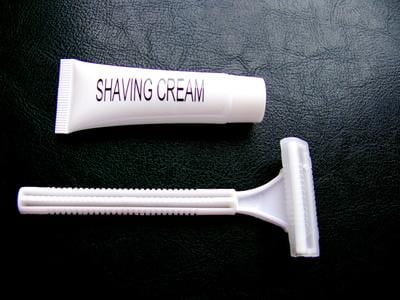Search Results for: ORNITHINE
Excessive Hair in Women
While some women strive to make the most of their sparse hair, others wish they had less hair, especially when the excess hair appears on the face or the upper body. Excess hair growth in women, known as hirsutism, can occur for a variety of reasons, including heredity. Although this is a common condition, hirsutism may signal the presence of a health problem that requires medical attention.
Excessive Hair Growth for Women
While many women wish for thick hair on their head, few appreciate excessive body or facial hair. Normal hair growth for women varies, depending on cultural factors and race. Hirsutism is the term that refers to excessive hair growth in women. Although a common condition, hirsutism may signal an underlying disorder that requires medical attention.
Should Buffers Be Used to Remove Facial Hair?
Almost as big a problem as facial hair is finding the right way to remove it. Buffing away hair offers an inexpensive solution. In fact, during World War II, women resorted to using sandpaper to buff hair off of their legs due to the shortage of razor blades. Buffing away facial hair can work in theory and in practice — but you may want to consider that this method can be painful when applied to such a sensitive part of your body.
Top 10 Skin Care Treatments for Ingrown Hairs
Sometimes, when you shave your legs or pluck your eyebrows, the small bit of hair that remains pushes itself back into your skin. When the hair begins to grow again, it does not grow out. Instead, it grows in. If you develop red or pink bumps on an area where you’ve recently removed hair, you most likely now have ingrown hairs. Coarse, thick or curly hair tends to grow inward. Several treatments exist for ingrown hair. You can choose one, based on the severity of your condition.
The Best Women’s Hair Removal Products
In a culture in which smooth skin is regarded as sexy, women in the United States continue to try different hair removal methods and products. Many of these methods, such as laser hair removal and electrolysis, are cost prohibitive and time consuming. However, there are more affordable options to choose from, even if they aren’t as long-lasting.





